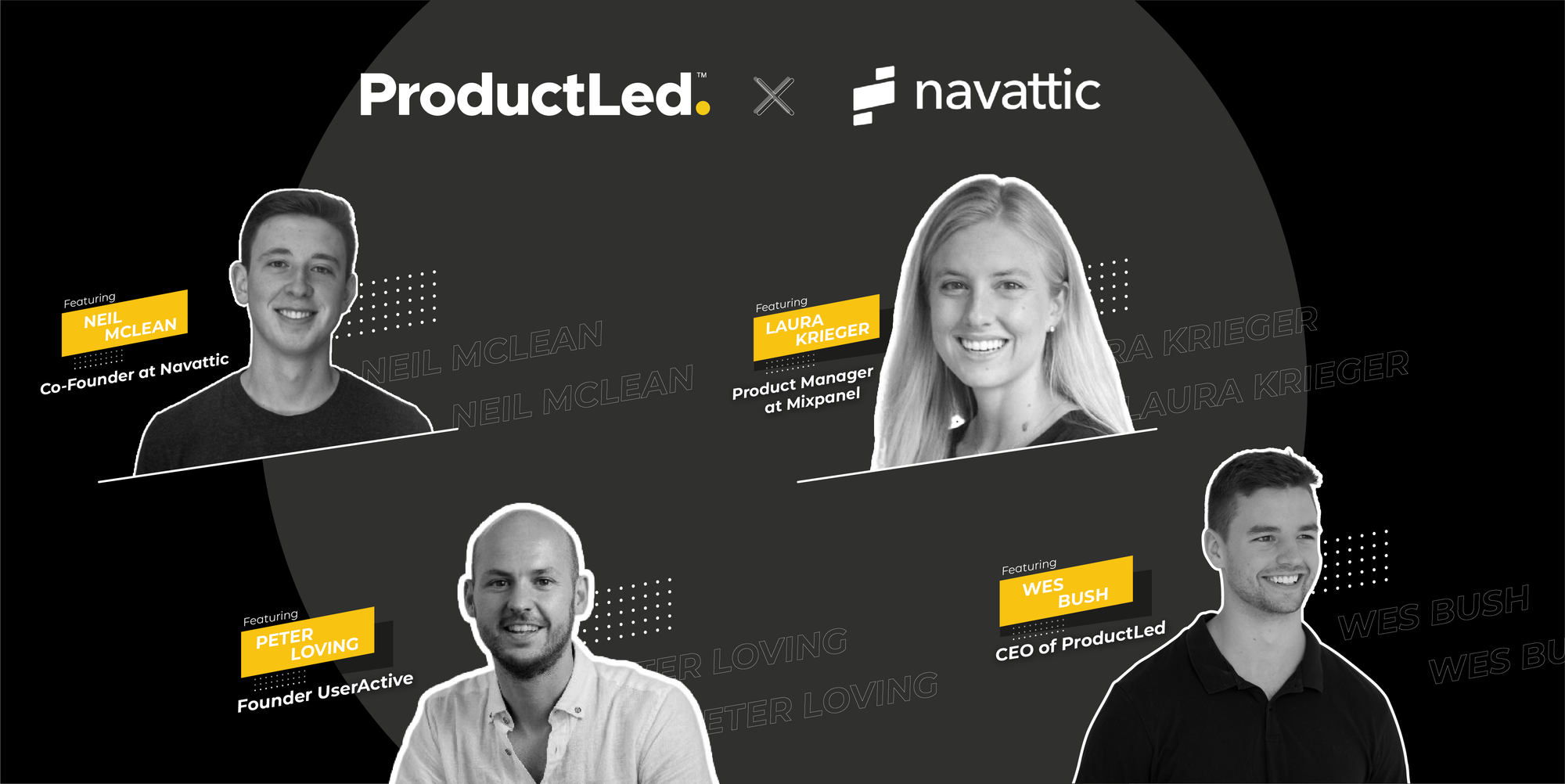Trial, Demo, or Product Tour? - Results from Analyzing 5625 B2B SaaS CTAs

CEO, Co-Founder

The Call to Action sets the stage for the rest of the buyer journey. We explored 5,625 B2B SaaS websites to see exactly how different CTAs are used and explored the trends we uncovered.
Our panelists for this session:
Wes Bush, CEO of ProductLed
Laura Krieger, Product Manager at Mixpanel
Peter Loving, Founder at UserActive
Choosing The Right Call to Action
During the session, we discussed a number of topics around the CTA and how different messages can drive user behavior. We first polled the audience to find that there was a near-even split between trial and demo-based selling motions amongst companies represented in the crowd. Next, we discussed the importance of the first product touchpoint and how it sets the stage for the rest of the buyer (and end-user) product experience. We then dove into the data to look at the trends and patterns around where trials, demos, and product tours win and where they fall short.
We also talked about the signs and signals to know when your call to action is (or more importantly, isn't) working. Frequent monitoring and testing is critical to gain insights around effectiveness and drop-off throughout the funnel. The first product touchpoint is a critical moment that will impact the buying decision.
Where to Use a Trial?
We explored scenarios where a true product-led trial makes sense for a product team. Situations where you are selling into large, established markets and little to no hand-holding is required to get up and running with a product make sense to adopt a trial-led motion. Our study showed that bottoms-up products like dev tools, project management tools, and email marketing tools tend to to use a trial based motion.
We also explored the trial timeframe to see how long these trials typically last. Our findings showed that over 50% of trials evaluated lasted for more than 30 days while 7-day trials were only used about 6% of the time.
We also discussed Mixpanel's recent shift away from a time-based trial towards a freemium model. Freemium can be a powerful when a product is designed in a way where value is not clear within a 14 or 30 day window. Mixpanel shifted towards a free tier approach where users can explore the product value (with guiding constraints) before making a purchasing decision.
Where to Use a Demo?
Next, we turned to the sales-led go-to-market motion to explore how different organizations utilize the product demo in their sales processes. We found that the "Request a Demo" call to action was the most popular CTA used to get prospects to sign up for a sales-led demonstration. Next, we explored scenarios where a sales-led motion actually makes more sense than a trial-based motion. Examples here include tools that have longer, tailored deal cycles with a top down sales motion or those where market education is key. Our study showed that verticals like supply chain, EdTech, and legal tech tend to lead with a demo rather than a trial when selling to new prospects.
Where to Use a Product Tour?
Lastly, we explored the product tour, a solution designed to give prospects a hands-on experience in a guided overview setting. We saw that product tours work best when a product requires setup or training before a prospect can see value but they don't want to go through the requisite hoops to get there. Product tours can be an effective way to quickly showcase the "wow" moment to an early stage lead just interested in seeing the product.